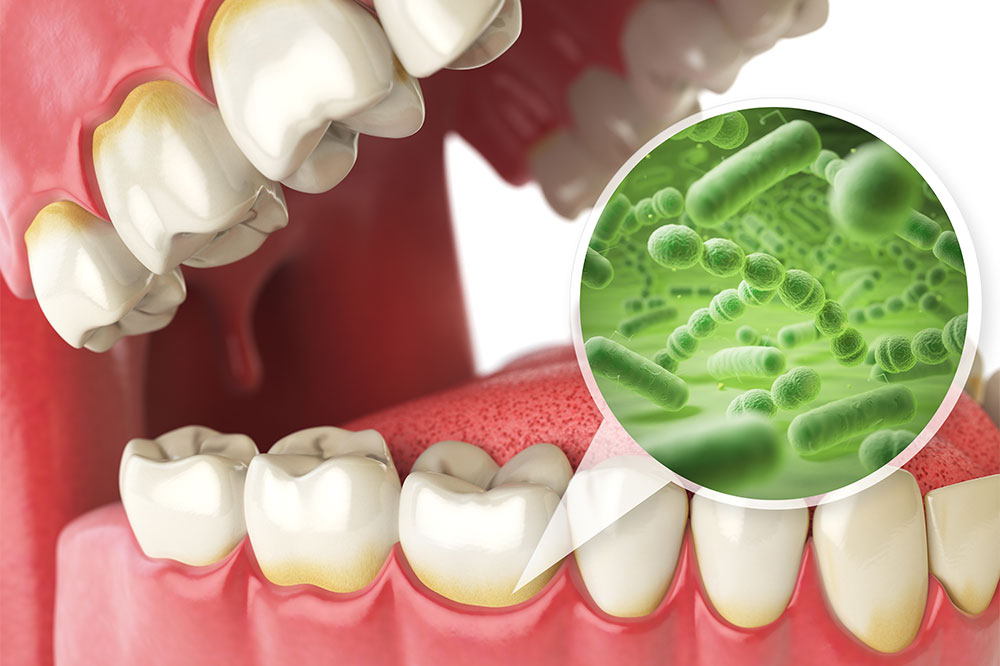6 foods that boost your immune system
Your immune system needs to be strong to fight off diseases. A weak immune system will not be able to fight allergies, infections, disorders, and other health problems. Right from fighting and managing common cold to severe health disorders, a strong immune system is essential for a healthy life. To boost the immune system, it is essential to supply the body with important nutrients such as vitamin C, vitamin b12, and iron. The body absorbs these nutrients from food, making the inclusion of certain foods in your diet necessary. Read on to know more about the foods you should include in your diet to boost your immune system. Red bell peppers Bell peppers are rich sources of Vitamin C. Vitamin C helps you quickly recover from the common cold, flu, and other infections and allergies. Adding red bell peppers to your meals in a day can provide the body with this essential vitamin. Moreover, bell peppers are rich in beta carotene, which is converted to Vitamin A in the body. Citrus fruits Vitamin C produces white blood cells, which fight infections and allergies. Citrus fruits are loaded with vitamin C. Since the body does not retain vitamin C, it is recommended to have vitamin C-rich food daily.
Read More 









